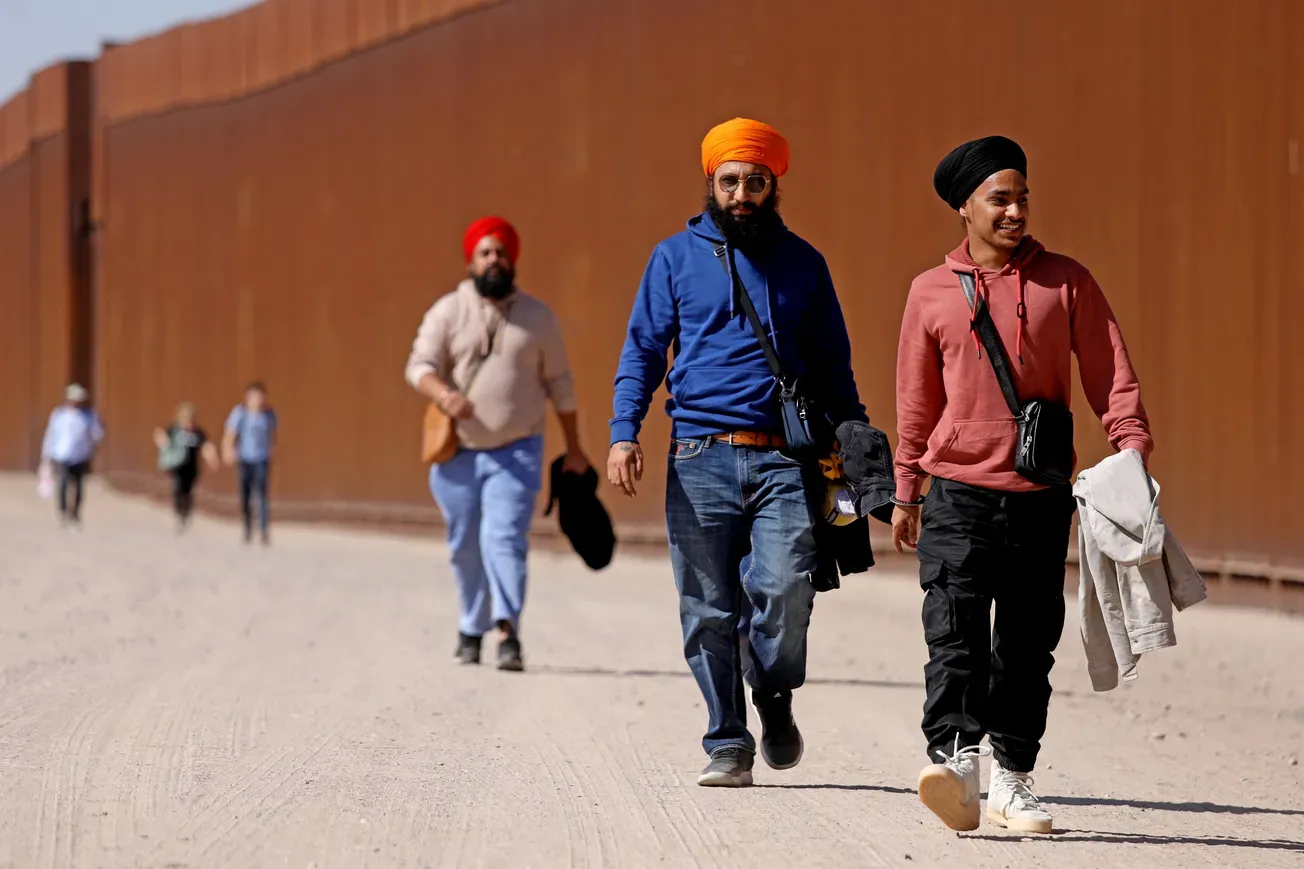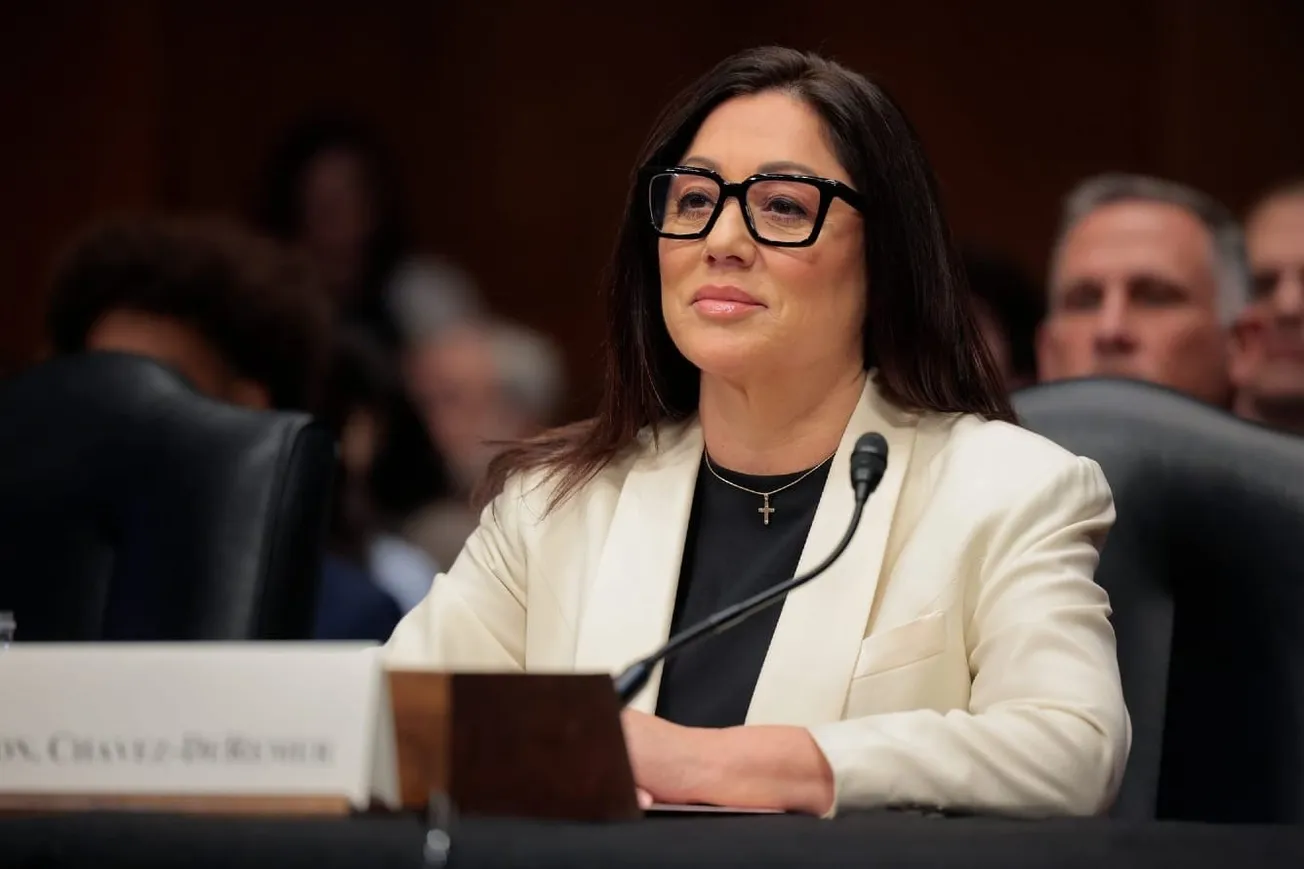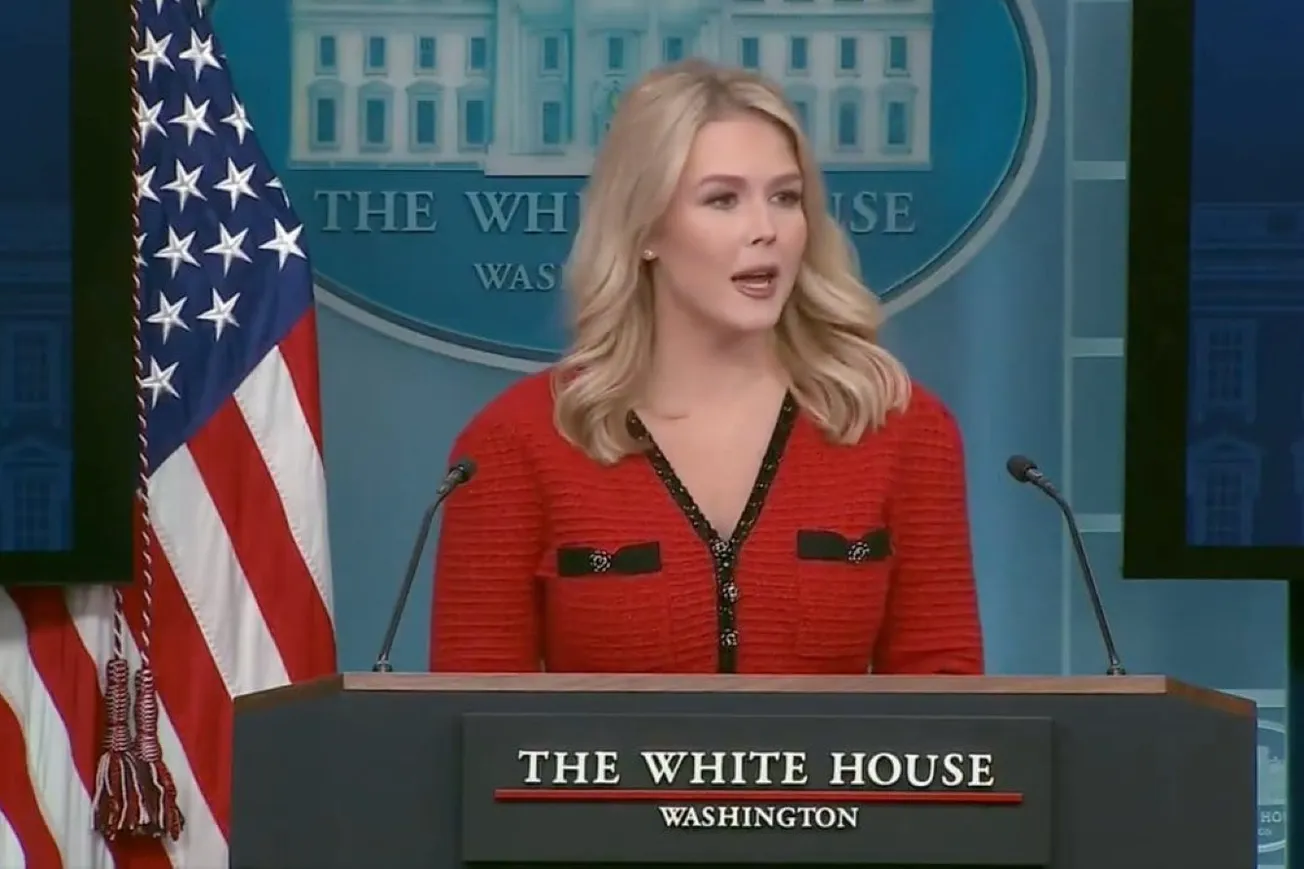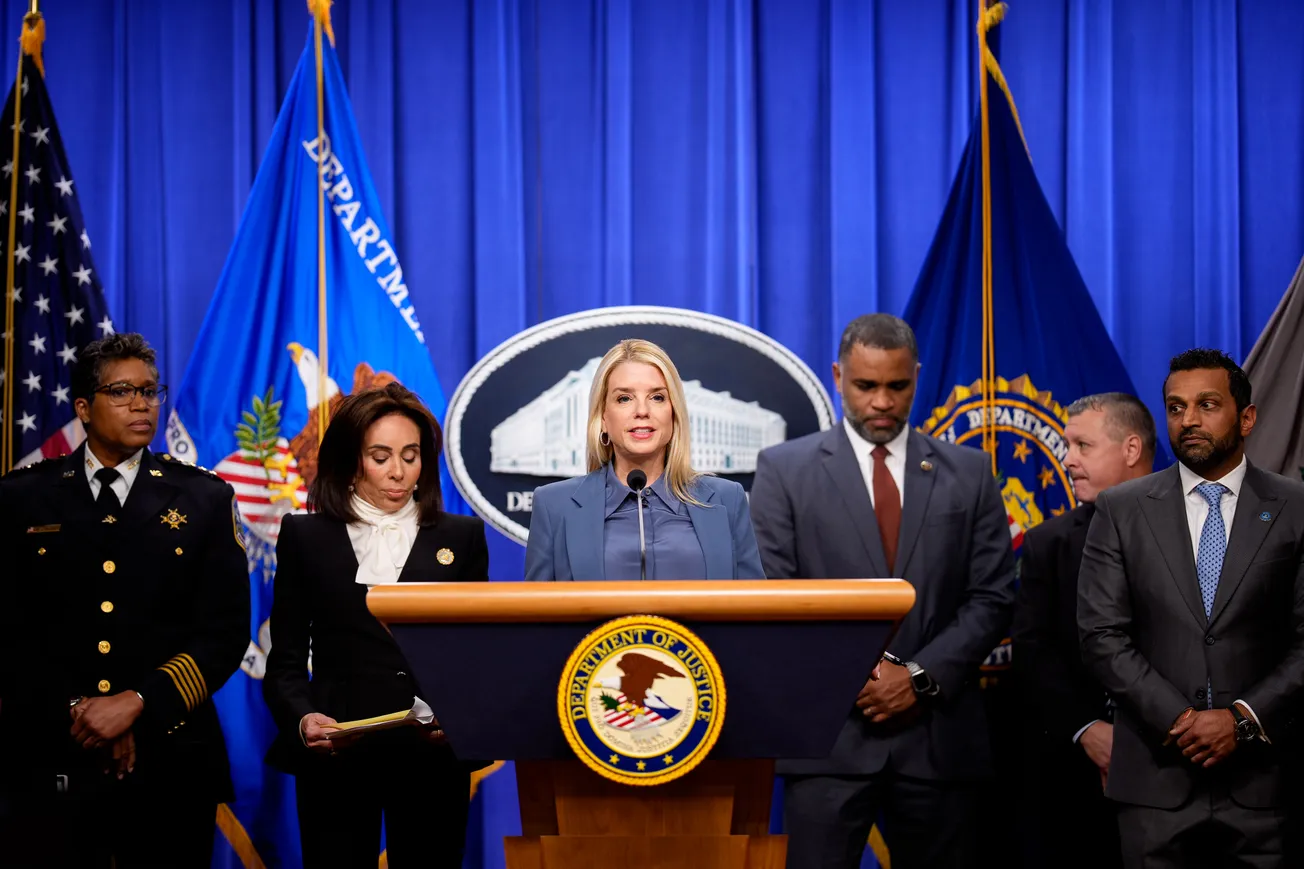By Simon Hankinson, The Daily Signal | January 09, 2025
The Anglosphere is too attractive for its own good. Great Britain, and its largest progeny—the USA and Canada—face the same problem: We attract more foreign migration, legal and illegal, than we want or can handle. This is where leadership is needed—and has so far failed.
In Britain, the Conservatives promised to reduce migration but didn’t. The newly elected Labour Party has always been more liberal on immigration anyway, and they have no serious plan to slow it now.
Canada, meanwhile, greased the wheels of mass migration under Prime Minister Justin Trudeau, whose Liberal Party has governed since 2015. The results have been disruptive and unpopular.
In the USA, the Biden administration’s response to millions of people beating down our door was to undo every successful limiting measure of previous presidents and channel billions of tax dollars into facilitating mass illegal migration through official programs. But worldwide demand for first world living far exceeds supply, and this approach was never sustainable. Open borders and a welfare state are incompatible.
The USA
By electing Donald Trump, the U.S. rejected the open borders, migrant-first approach.
With inauguration only days away, all eyes are on Trump and his administration. “Border czar” Tom Homan and other political appointees of long practical experience make a formidable team.
Activists from the ACLU to La Raza will throw up every possible obstacle, legal and otherwise. The legacy media will report every action in the most negative light possible. But the Trump picks mean business, and this is not their first rodeo.
The goals are to regain control of our borders, reduce illegal immigration, deport those here illegally, and return legal immigration to levels Americans will support.
If we succeed, Britain, Canada, and others will see an example their voters may choose to follow.
Canada
Canada’s problems are not the result of open physical borders, like ours with Mexico. Canadian authorities turned back only 1,000 people crossing illegally from the U.S. between ports of entry in the year ending last October, while U.S. Customs and Border Protection caught 23,000 coming in illegally from Canada. Canada’s downfall was due to deliberately increased legal migration.
In 2015, former Conservative Prime Minister Stephen Harper warned that if a Liberal Party government had been in power, it would be “throwing open our borders, and literally hundreds of thousands of people coming without any kind of security check or documentation” would be coming to Canada in response to the Syrian exodus
But Trudeau’s government did take power shortly after, and it has encouraged a huge increase in nearly all forms of migration. Canada’s population is now 41.3 million, having increased 3.1 million just since 2021, nearly all of it due to migration. Canada now has over 3 million “nonpermanent residents,” including temporary workers and students. And the nation’s population growth has outpaced housing, health care, and other services, driving up prices.
Trudeau’s immigration minister admitted that Canada was too generous with visas for countries whose people tend to overstay, like Bangladesh, India, and Mexico. He also acknowledged fraud in the asylum process, including from students.
This year, nearly 5 million student and temporary worker visas will expire. Canada also has a quarter of a million asylum claimants waiting for decisions, some of whom will be denied. The government claims they will leave voluntarily, but migrant activists are already protesting. If they refuse to leave, what happens? In fiscal year 2022-2023, Canada’s Border Services Agency deported only 10,180 foreigners. And in the first eight months of 2024 alone, 119,835 made refugee claims in Canada—including 12,915 student visa holders.
Canada spends about 2.2 billion Canadian dollars ($1.53 billion U.S.) a year on border enforcement. Trudeau said the government would spend 1.3 billion Canadian dollars more over six years on border agents, drones, and surveillance. He also promised to cut legal immigration by 20% to ease the strain on housing and services, and Canada has started refusing more visas.
Better than nothing, but a day late and a Canadian dollar short. On Jan. 6, as the U.S. Congress was certifying the election of Trump, Trudeau announced that he would resign as soon as his party chose another leader. His migration mess will be the next prime minister’s problem.
Britain
Like Canada, Britain has a political problem with legal migration, not just the illegal kind. Though the Conservatives made successive election promises to reduce legal migration to the tens of thousands each year, the U.K. saw net migration of over 900,000 people in 2023 and at least 750,000 in 2024. David Frost writes in The Daily Telegraph that in the past decade, nearly 4 million more people moved to the U.K. than left—80% of them non-Europeans. That staggering number is only a million fewer people than live in all of Scotland.
Frost warns that “Britain cannot sustain these immigration levels,” as uncontrolled mass migration prevents wages and living standards from rising. The population rise from immigration also explains much of the shortfall in housing and why prices for existing houses have risen to become unaffordable for young people.
Plus, the U.K. spent 5.4 billion pounds ($6.64 billion U.S.) on housing and caring for putative asylum-seekers last year. As Frost says, “If mainstream politicians don’t rise to this mounting challenge, voters may find refuge in those who will.”
Enter Nigel Farage, who led the Brexit fight to get Britain out of the European Union. He calls the Conservative Party’s failure to stop mass migration “one of the biggest betrayals in British political history.” Like many British voters, Farage links mass migration—legal and illegal—to increased road traffic, crowded schools, delays in getting medical appointments, housing shortages, and social disunity. Farage now leads the Reform UK party, which advocates limiting migration. He wants to leave the European Court of Human Rights, pay zero welfare to new arrivals to the U.K. for at least five years, and limit free government housing.
Frost advocates “an extremely low and rigorously enforced migration cap, proper border control, deterrence and deportation of illegal migrants and criminals, and a serious and assertive policy of integration for long-term migrants already here.”
Apart from a low legal migration cap, these are the core policies that Trump has promised the American people—many of whom have watched President Joe Biden wreck the border for four years can’t wait for him to start.
Additionally, Britain, Canada, and other countries with the same problems will be watching our progress eagerly as they plot their own way out of their mass migration dilemmas.
Simon Hankinson is a senior research fellow in the Border Security and Immigration Center at The Heritage Foundation.
Original article link







